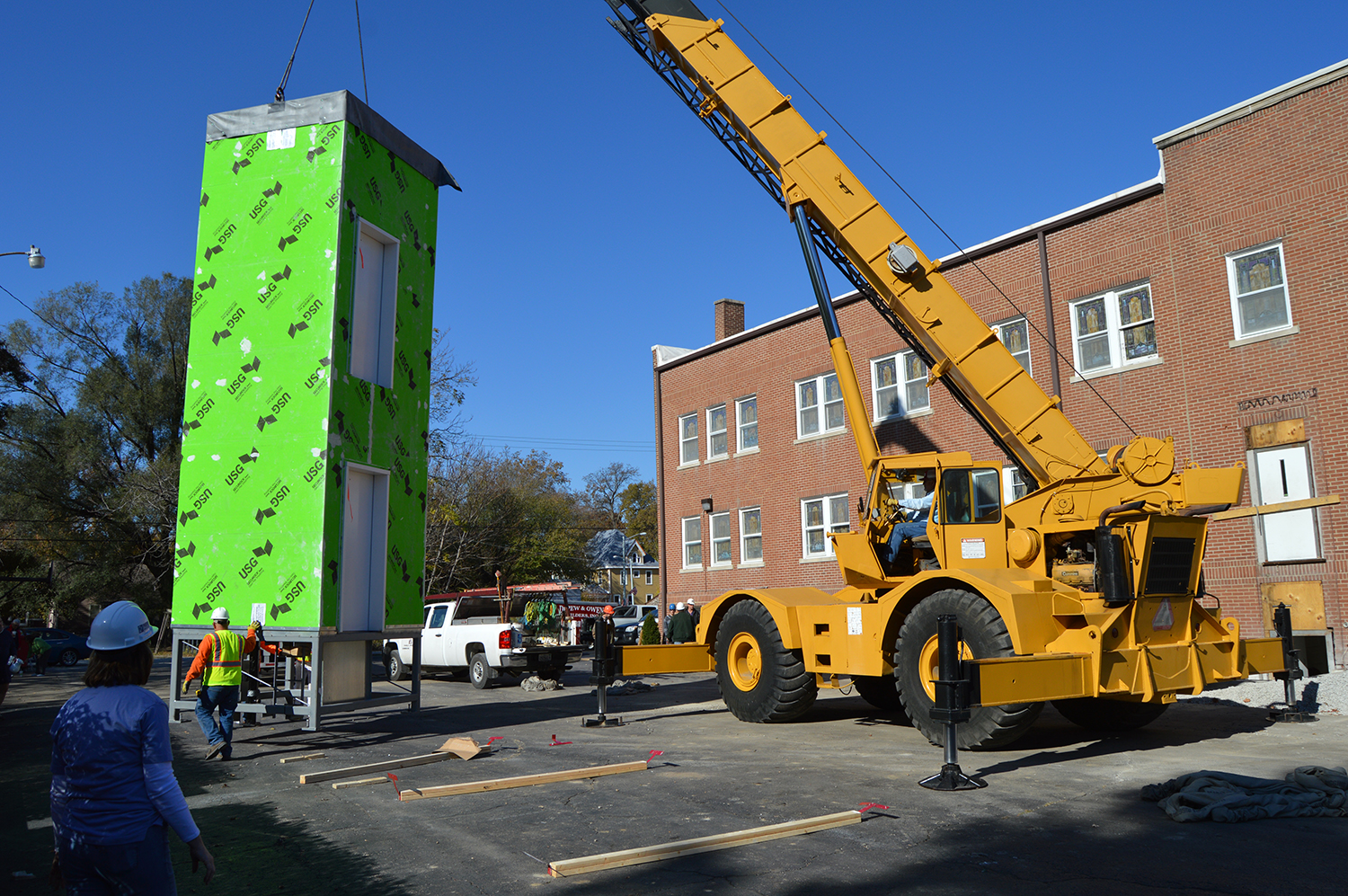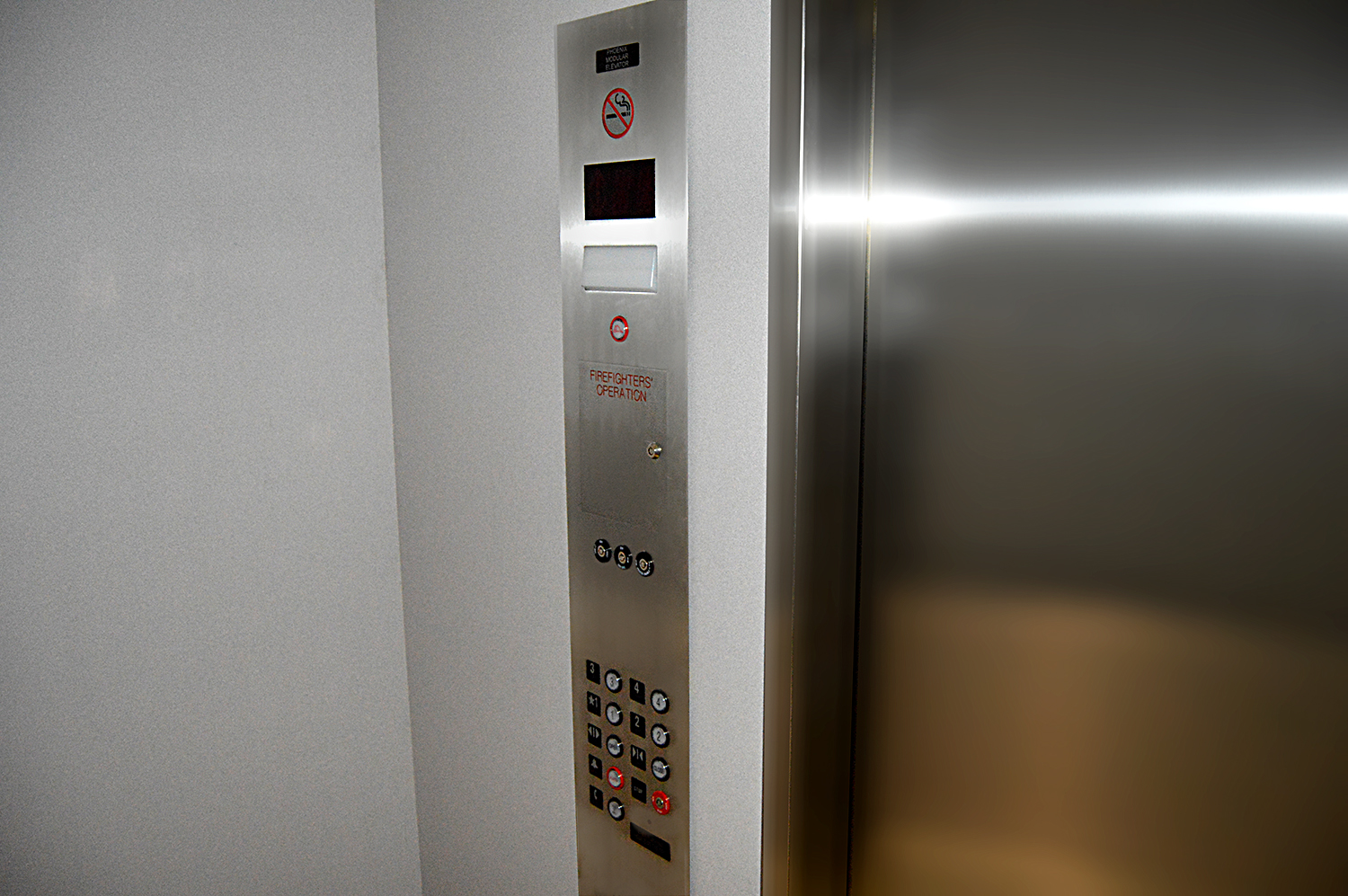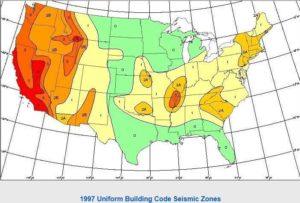
No Elevator Installation
July 18, 2019
Hold the Elevator Door
August 19, 2019
Earthquake Elevator Safety – What to do when there’s a whole lot of shakin’ going on.
Recently with all the Seismic activity in California we thought it would be a good idea to review basic safety having to do with buildings and specifically elevators. Now, before you click to another website, check your email or count the number of re-tweets on your latest post, give this a quick read. Not to be melodramatic, but you or those around you could be in danger if an earthquake hits the area you are in and you are not aware of basic safety rules.
Also, we are so used to this being a California problem that the rest of the country tends to turn a deaf ear to the potential of a devastating earthquake. It seems there are two extremes; people in that are so used to the ground shaking that they tend to ignore what to do and then on the end of the spectrum are people that rarely have earthquakes so they are ill-equipped to deal with them when they strike.
For those in the latter group, keep in mind that one of the biggest earthquakes known to strike North America and the largest east of the Rockies took place in a little known town in the Bootheel of Missouri called New Madrid (pronounced MAD-Rid) in 1811. It was so strong that witnesses described the land rolling like ocean waves, sand spouts shooting high in the air and the Mississippi River changed directions permanently. The event was actually four or more separate quakes ranging from 7.8 to 8.8 in magnitude that were felt as far away as New York City, Boston, Montreal, and Washington D.C. President James Madison and his wife Dolly felt them in the White House and church bells as far away as Boston were reported to have rung in their steeples due to the shaking.
So even though California maybe at the front of our minds, earthquakes can occur almost anywhere in the US. As you can see from the 1997 Uniform Building Code Seismic Zones all most all of the nation has a chance of being struck by an earthquake.
With all that being said, here is a link of information from the United States Department of Labor and here is another great site. To quickly sum up what this means to elevator operation, “[I]f you must leave a building after the shaking stops, use the stairs, not the elevator, and look for falling debris. Earthquakes can cause fire alarms and fire sprinklers to go off. You will not be able to rule out whether there is a real threat of fire, and the elevators may have been compromised. Always use the stairs.”
Also, especially in Seismic Zones 3 and 4, automatic shut offs of the elevator can occur depending on the strength of the shaking, when the elevator was installed and the local building codes. So venturing over to the elevator and repeatedly pushing the down button on the hall call won’t get you out of the building any faster and may actually waste valuable time when you could be exiting the building.
If you are a building owner or manager, after the shaking stops, call your elevator mechanic. It will be their job to check out the elevator and make sure that it is up and running properly and then reset it properly.
Remember as with any operation of an elevator, safety first! For more tips and information on elevators visit us at phoenixmodularelevator.com. If you have a project in mind and want a free quick quote, click the button below.


